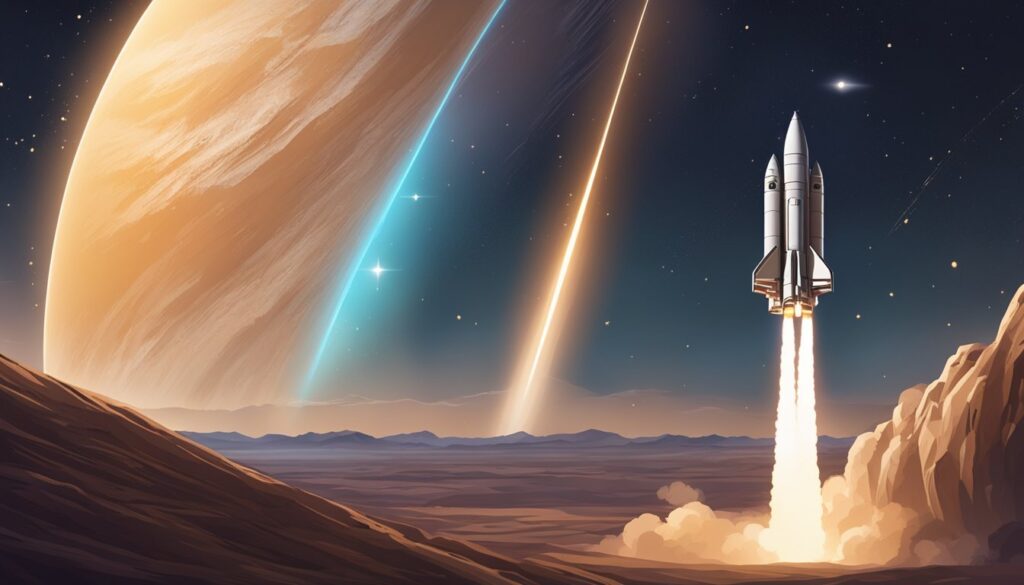SpaceX is making significant strides toward its ambitious goal of colonizing Mars, with recent announcements and developments underscoring the urgency and excitement surrounding this endeavor. Elon Musk, the company’s founder and CEO, has outlined a timeline that includes launching uncrewed missions to the Red Planet as early as 2026, followed by crewed missions within a few years thereafter.
Recent Developments
On September 7, 2024, Musk revealed via social media that SpaceX plans to launch five uncrewed Starship rockets to Mars in 2026. These missions will serve as critical tests for the spacecraft’s ability to land safely on the Martian surface. Depending on the success of these unmanned flights, crewed missions could follow in 2028 or 203012. This timeline is particularly ambitious given the complexities involved in interplanetary travel, including the necessity for precise alignment between Earth and Mars, which occurs roughly every 26 months.
The Starship: A Game Changer
The Starship rocket, designed for deep space travel, is pivotal to SpaceX’s Mars plans. Standing at approximately 400 feet tall and generating over 16 million pounds of thrust, it is the most powerful rocket ever constructed. Its design allows for rapid reusability, which is crucial for frequent launches necessary to establish a human presence on Mars1. SpaceX has conducted several test flights of Starship throughout 2023, each improving upon its predecessors. The upcoming fifth flight will include a novel attempt to land the Super Heavy booster back on the launch pad using a system of “chopsticks” designed for recovery1.
Challenges Ahead
Despite the optimism surrounding these plans, experts caution that significant challenges remain. Philip Metzger, a former NASA scientist, noted that while SpaceX is closer than ever to sending humans to Mars, Musk’s timelines may be overly optimistic. The engineering hurdles are substantial; each Starship mission will require multiple refueling flights in orbit before it can embark on its journey to Mars2. Additionally, regulatory hurdles from agencies like the Federal Aviation Administration (FAA) could delay launches due to environmental concerns both on Earth and Mars2.
The Vision for Mars
Musk’s vision extends beyond mere visits; he aims to establish a self-sustaining city on Mars within two decades. This vision includes developing habitats and life support systems capable of sustaining human life in the harsh Martian environment. Recent reports indicate that SpaceX employees are actively working on designs for Martian cities and researching the feasibility of human reproduction off Earth56.
Looking Forward
As we approach the next critical launch window in 2026, the global community watches closely. The potential for human life beyond Earth raises profound questions about our future as a species. While challenges abound—from technological limitations to regulatory hurdles—the prospect of becoming a multiplanetary civilization remains an exhilarating frontier.
In summary, SpaceX’s latest mission updates reflect both a bold ambition and a recognition of the complexities involved in space exploration. As humanity stands on the brink of potentially colonizing another planet, the coming years will be pivotal in determining whether these dreams can become reality.

